Equestrian yards are full of potential fire risks — from flammable bedding to faulty electrics. Whether you're a yard owner, manager, or groom, knowing what to look for can save lives, protect your horses, and prevent serious damage.
In a panic, people make mistakes — and horses are hard to move fast in smoke or flames. If you have no fire safety training or plan in place you're taking a big risk, and quite probably falling foul of legal requirements for fire saftey in the UK.
Under the Regulatory Reform (Fire Safety) Order 2005, a fire risk assessment is a legal requirement for all non-domestic premises, including workplaces, rental properties, and public buildings. The law requires the assessment to be carried out by a "competent person" who understands fire safety. It is recommended that a suitable professional with fire safety and fire risk assessment experience is enlisted.
It's also important to take steps for fire prevention, including:
- Training all staff and liveries on emergency procedures.
- Runing regular fire drills.
- Ensuring escape routes and emergency contacts are clearly displayed.
- Making sure EVERY member of staff - inlcuding freelancers knows the evacuation plan, who to call and what to do in a fire.
Here’s your go-to checklist of the most common fire hazards and how to manage them effectively.
 |
Hay and Straw Storage |
Why it’s a risk: Dry, dusty, and highly flammable — hay and straw are one of the biggest fire risks on any yard.
Prevention tips:
- Store in a separate building if possible.
- Keep away from light fittings and machinery.
- Allow ventilation to prevent heat build-up.
- Avoid stacking damp hay (spontaneous combustion risk).
- Ensure your muck heap is sited well away from buildings.
- CHECK: Is hay stored neatly, off light fittings, and away from heaters or sockets?
 |
Electrical Faults |
Why it’s a risk: Damaged wiring, overloaded sockets, or outdated systems can spark fires quickly.
Prevention tips:
- Get a qualified electrician to inspect wiring regularly.
- Don’t overload circuits or use dodgy extension leads.
- Switch off all non-essential equipment at night.
- CHECK: Are plugs warm to touch? Any frayed wires or buzzing noises? Report issues immediately.
 |
Smoking |
Why it’s a risk: Discarded cigarettes near combustible materials, such as hay and bedding, can ignite rapidly.
Prevention tips:
- Ban smoking anywhere on your yard.
- Provide a designated smoking area with sand buckets or bins well away from the yard.
- CHECK: Are cigarette butts left in risky areas? Are signs visible?
 |
Machinery and Vehicles |
Why it’s a risk: Engines and fuel tanks generate heat and may leak flammable substances.
Prevention tips:
- Store away from stables and bedding.
- Keep fuel in a secure, ventilated container.
- Service vehicles regularly and clean engine bays.
- CHECK: Are quads or tractors parked safely and not leaking fuel?
 |
Portable Heaters and Lamps |
Why it’s a risk: These can fall, overheat, or come into contact with combustible material.
Prevention tips:
- Use only yard-safe, PAT-tested equipment.
- Never leave heaters unattended.
- Keep at least a metre away from hay, bedding, or rugs.
- CHECK: Are heaters positioned safely? Is anything drying too close to a heat source?
 |
Tack Rooms and Electrical Appliances |
Why it’s a risk: Dehumidifiers, kettles, and fridges are often left running in confined spaces.
Prevention tips:
- PAT-test all appliances annually.
- Switch off non-essential equipment overnight.
- Don’t use domestic appliances in barns or stables.
- CHECK: Is everything turned off before leaving? Any strange smells or sounds from appliances?
 |
Spontaneous Combustion |
Why it’s a risk: Wet hay or oily rags can heat internally and self-ignite.
Prevention tips:
- Store hay only when properly dried.
- Dispose of oily rags in metal bins with lids.
- Monitor heat in large haystacks.
- CHECK: Are stacks warm to the touch? Are rags or wipes thrown out safely?
 |
Poor Housekeeping |
Why it’s a risk: Cluttered yards with blocked exits or messy feed rooms slow down evacuation.
Prevention tips:
- Keep escape routes and fire exits clear.
- Don’t allow clutter to build up in tack rooms or corridors.
- Sweep away bedding and shavings regularly.
- CHECK: Are aisles clear and clean? Are fire extinguishers easily accessible?
 |
Lack of Fire Extinguishers or Equipment |
Why it’s a risk: Without the right equipment, even a small fire can spread uncontrollably.
Prevention tips:
- Fit extinguishers near exits and in high-risk areas.
- Make sure they’re inspected annually.
- Train staff and liveries on how to use them.
- CHECK: Are extinguishers present, accessible, and tagged with inspection dates?
Fire Safety Starts with Awareness
Every member of your yard team plays a part in fire prevention. Grooms are often the first to notice something unusual — from a damaged wiring to an odd smell. Encourage a safety-first culture and encourage your staff to report safety concerns before they become incidents.
Book a fire risk assessment with IMG
IMG have a dedicated specialised service for equestrian environments. We understand the real-world risks that come with running a yard — and we assist you with understanding how to make improvements before they become a problem.
- Full site inspection
- Hazard identification
- Action plan tailored to your yard
- Help with compliance under the Regulatory Reform (Fire Safety) Order 2005 (England, Wales and Northern Ireland) and The Fire Safety (Scotland) Regulations 2006
- Peace of mind for you and your team
>> Book your professional fire risk assessment with IMG today and make sure your yard is safe, compliant, and protected.























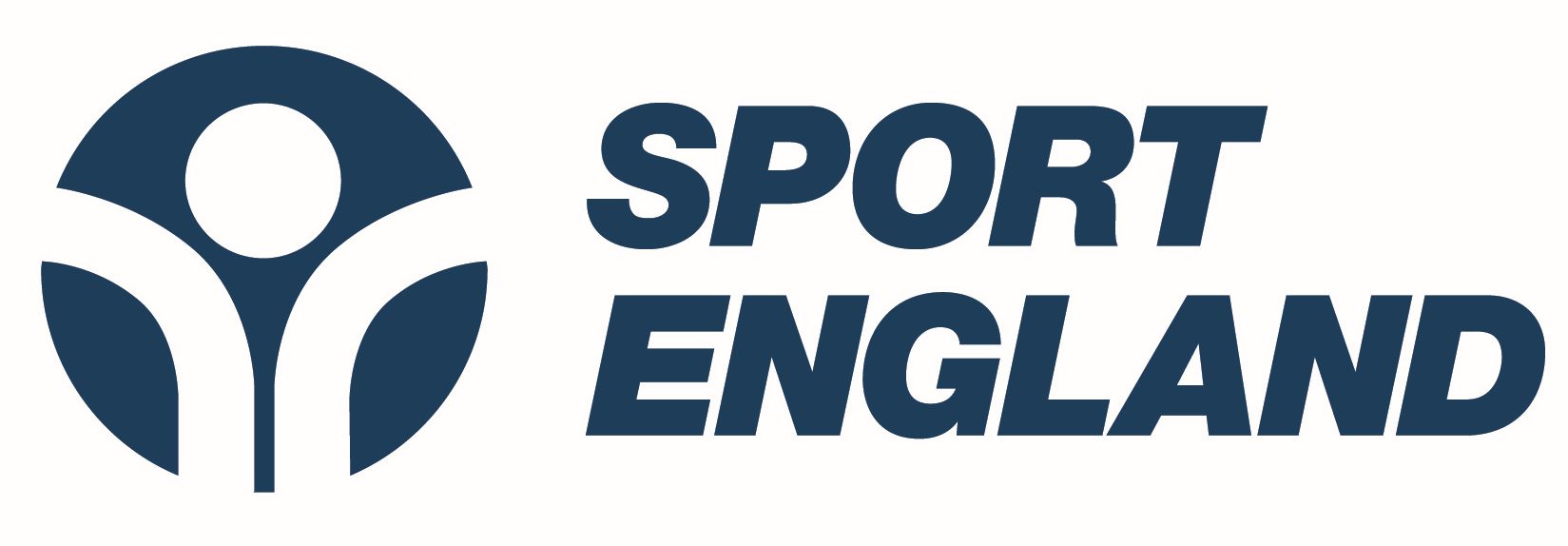
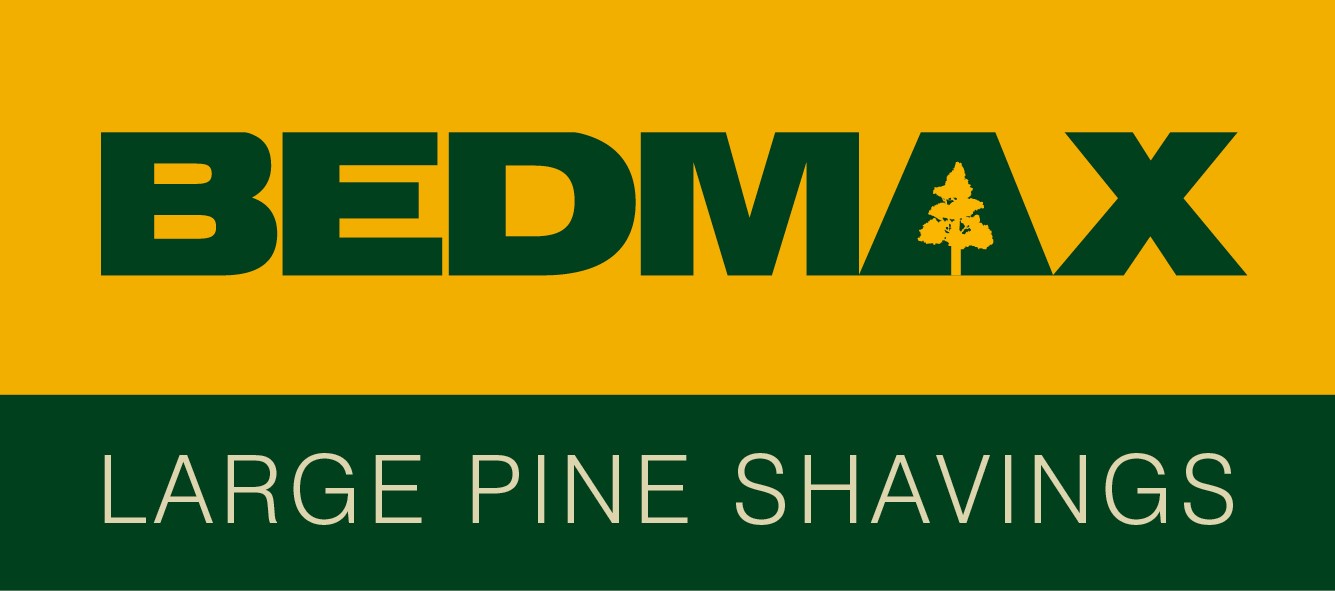



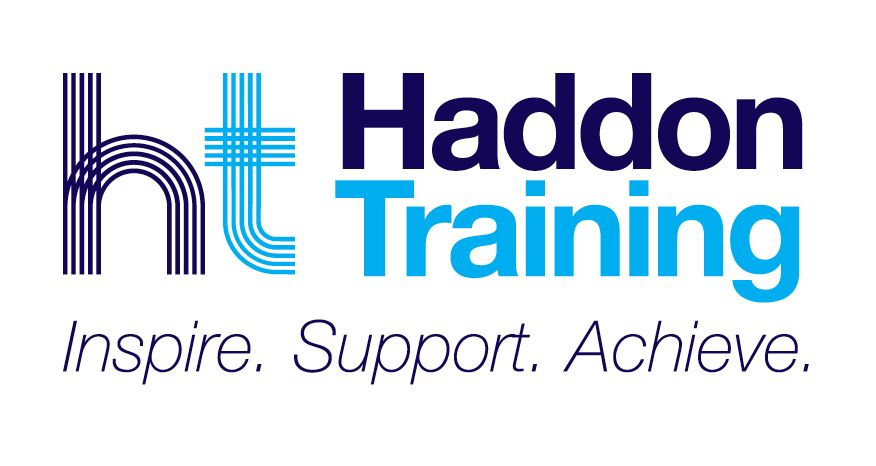
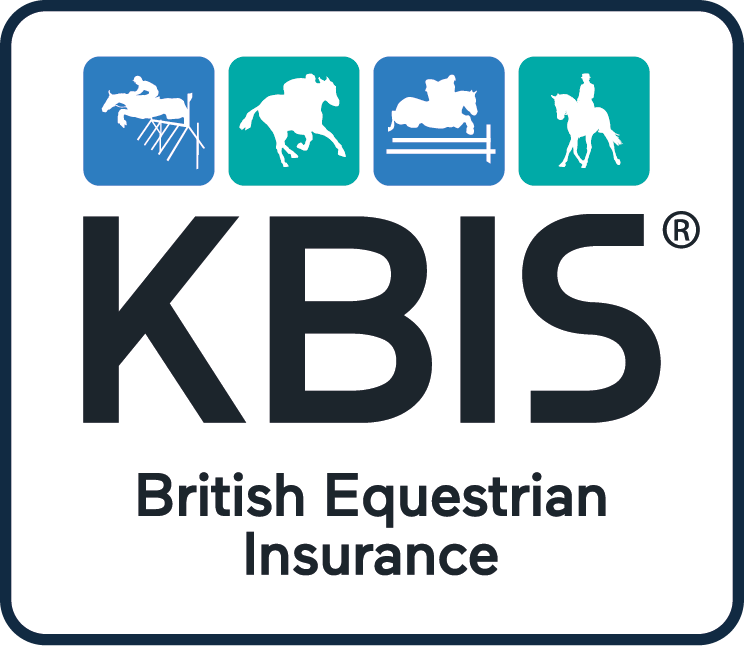

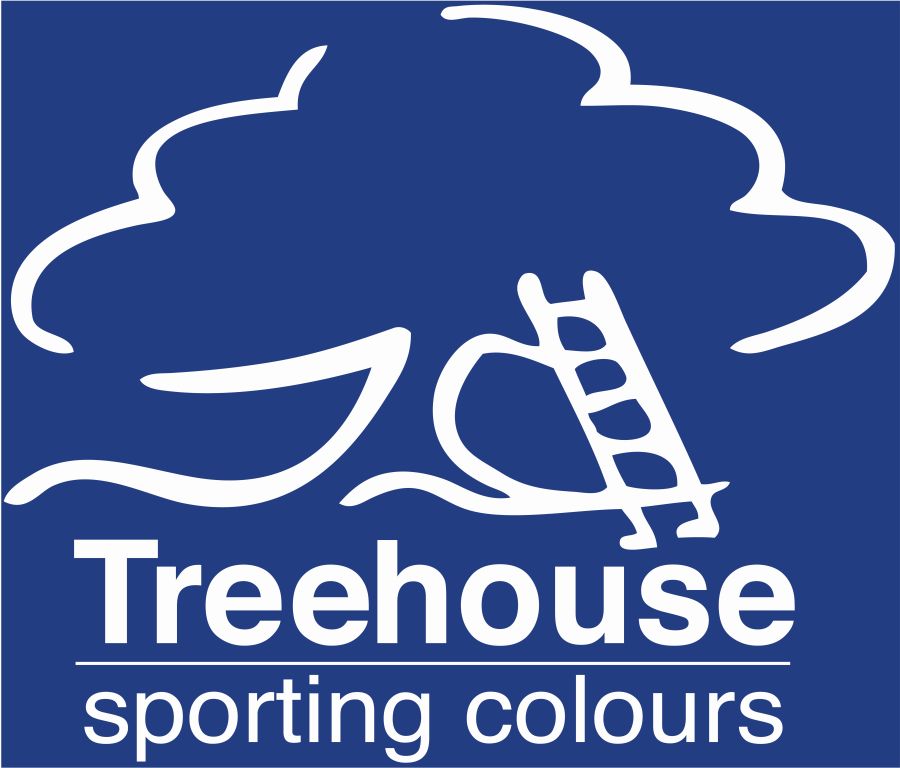

-Small.jpg)



